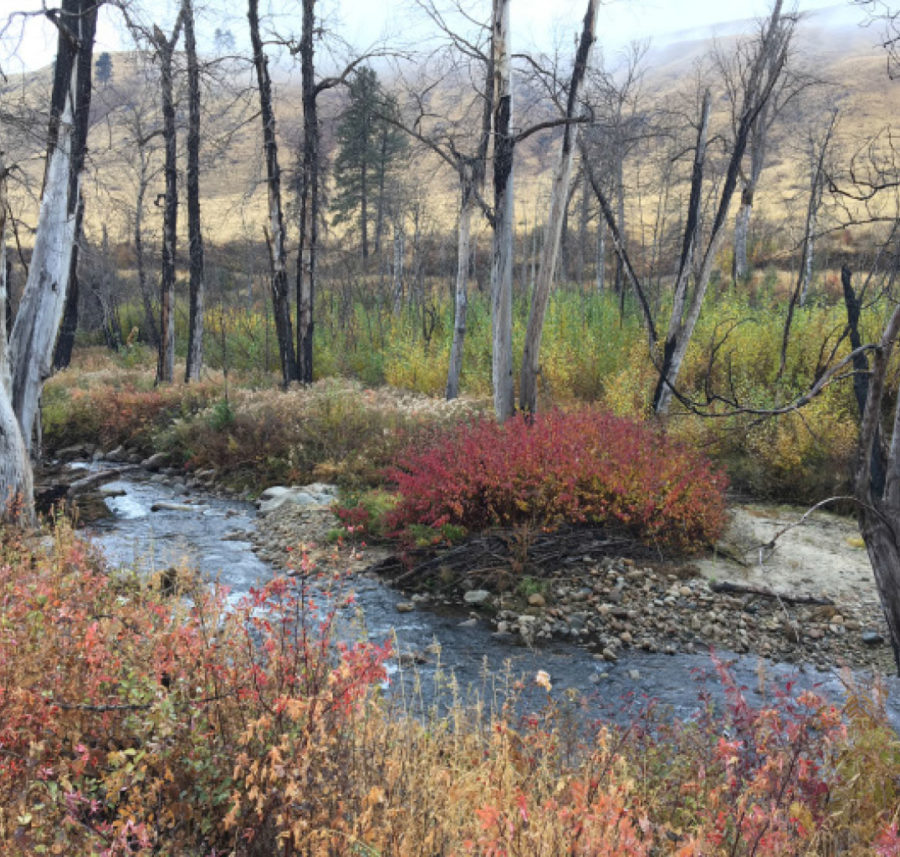Why Floodplains Matter
and what we are doing locally to restore them

On Friday, November 1, John Crandall shared “Why Floodplains Matter and what we are doing locally to restore them,” with a crowd of 70 at the Community Cultural Center of Tonasket. For decades, floodplains and wetlands were viewed as “wasted” space and they have been diked, filled, drained, mined, and otherwise altered to make room for increased human activity. These activities disconnect floodplains from adjacent streams, degrading habitat and leaving wildlife, fish, and water to deteriorate. Why do these floodplains matter — what services do they provide, not only for fish and wildlife, but for humans too? What can we do to bring them back into a healthy condition? John Crandall returned to the Highland Wonders series to help answer these questions and to share about a variety of projects happening in Okanogan County that are aimed at restoring floodplain processes and making our aquatic ecosystems healthier — from the quality and quantity of our water to the abundance of our fish and wildlife.
John shared videos and photos depicting the ways that floodplains interact with their waterways, and how spring flooding depends on the shape and structure of the surrounding landscape. Floodplains are crucial to the lifecycle of many fish, who time the hatching of their young to coincide with spring floods because of the protection, food, and downstream push that floodplains and high water provide to young fish. In many areas, human activity (such as road building) has disrupted or changed the structure of the floodplains, reducing their size and cutting fish off from their traditional rearing grounds and/or travel corridors. Projects throughout Okanogan County are working to restore floodplain functionality, to reconnect streams and rivers with their floodplains and provide ways for fish to access flooded areas.